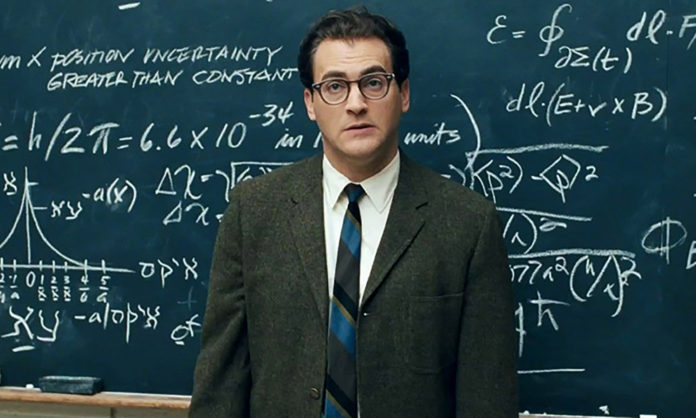Following up on recent Writer Unboxed articles about the virtues of passive characters and how to use them, Donald Maass tackles an important question: How do you take your passive character from here to there? If your protagonist is powerless or a victim of fate, how do you go from the opening – where you describer their circumstances – to the end – where they overcome them? In other words, how do you make a passive character move?
First off, don’t let them wallow. “There’s not much reader appeal in that, nor much drama,” Maass says. “Hand-wringing, agony, anguish, uncertainty, unfulfilled longing, sadness, guilt, helpless fury, oppression, imprisonment, and victimization are human experiences, no question, but they lead only in one direction, down.” Worse, those qualities work against what your character needs: change.
Maass ID’s some novels that successfully allow their protagonist to remain stuck through the middle of their story – The English Patient, Atonement, The Road – but most writers don’t want to celebrate inactivity. “Most novels want to convey that healing, redemption, reconciliation, forgiveness or finding a measure of happiness are possible, even if—or maybe especially if—those outcomes arrive in unexpected ways,” he writes.
Eventually, dramatic events will push your passive character to change. “The most effective passive middle, ask me, comes about when a stuck character works, in some way, to become unstuck,” Maass says.
First, it helps to understand the reason’s for your character’s passivity. Is there a lingering emotional wound from the past that prevents them from moving forward? Is the protagonist paralyzed by guilt over something they’ve done? Are external forces trapping your hero in place?
Once you understand the background, you can craft ways to get your passive character unstuck and moving. The most obvious way is to put your character into a crisis situation that forces them to act. “It may be something or someone who stirs up the past and makes it newly important in the present,” Maass writes. “It may be something or someone that shakes up a static situation; what has been uncomfortably comfortable can’t stay that way anymore, if it does there will be a cost.”
Second, you can force a character to take a journey, complete a task, or get involved in some scheme. They can be dragged in by forces beyond their control, but eventually, circumstances will require they act.
You can (should) make life complicated for your character. Whatever they do, put an obstacle in their way. Give them tasks they must complete, without an option for failing or saying no. Make their passivity more painful than taking action. Give your hero an enemy, someone who won’t let them be passive, a bully who doesn’t stop kicking when they roll into a ball on the ground.












